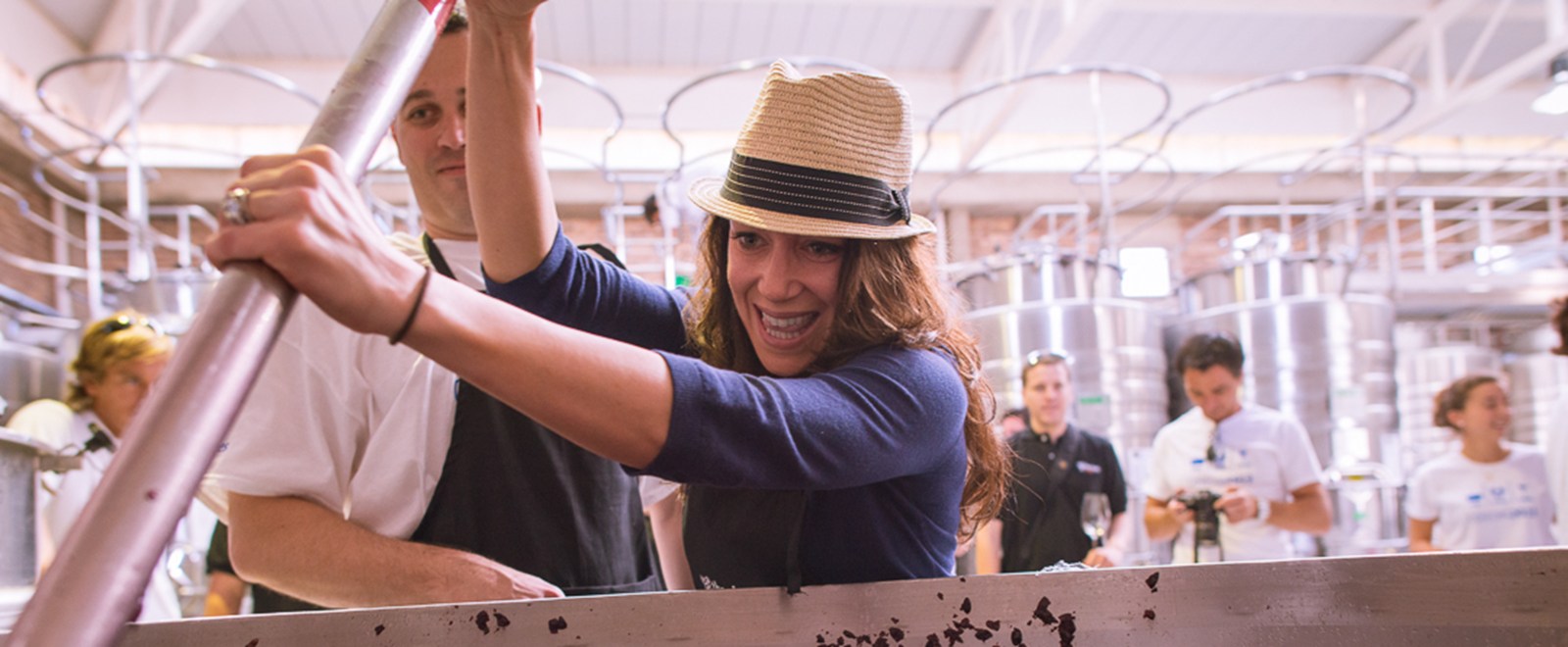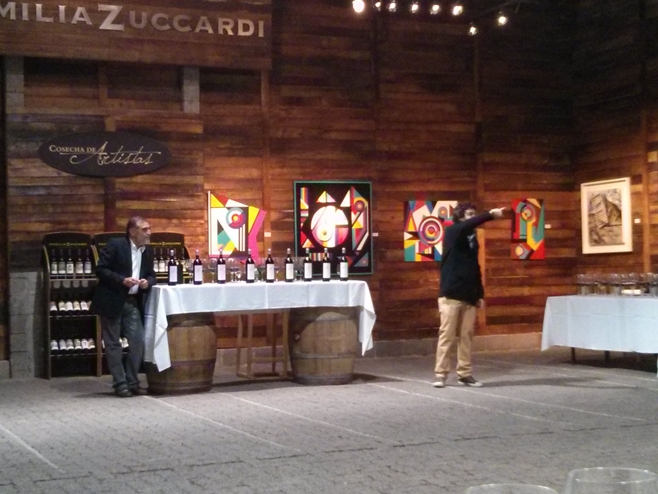No es fácil encontrarnos seguido en la Argentina con catas verticales de 10 años. Puede parecer un poco raro , pero para una industria como la de Argentina que ha cambiado tanto en los últimos 10años, una cata así nos trae mucha historia, cambios, tendencias y proyecciones.
A medida que Sebastián y José Zuccardi guiaban la cata, y disfrutábamos de cada uno de los vinos arrancando desde 2002 llegando al 2011, era como acompañar en cierta forma la evolución de nuestra industria vitivinícola.
Me parece importante destacar que si bien es cierto que la Argentina cuenta con una estabilidad climática mas marcada de año a año comparada con Europa, dado que manejamos un factor importantísimo como es el riego, no hay duda alguna que SI hay variables climáticas que se expresan en el carácter del vino año a año. Me encanta que no generalicemos y se hable de las características del clima y su influencia en cada región en particular.
Los vinos 2002 y 2003 comparten una similitud en composición siendo casi en ambos 60% Malbec y 40% Tempranillo y también en la zona de procedencia: Maipú para el Malbec y Santa Rosa para el Tempranillo. Aun con sus signos de evolución ambos vinos se expresaron vivaces y con algunos años mas de vida sobre todo el 2003. Un estilo mas ligado a la estructura y madurez.
El gran salto para mi en el carácter y potencial de los vinos Z se percibe a partir del 2008. Y coincido plenamente con Sebastián Zuccardi cuando expresa que a partir del 2008 los vinos argentinos van a tener un potencial de guarda maravilloso y no imaginado. A partir de esta cosecha se observa un cambio de componentes predominantes .Siendo el malbec y el Cabernet Sauvignon los actores principales y dejando de lado al Tempranillo excepto en el 2009 que reaparece en un 14% para luego no volver. En las zonas elegida también hay un gran cambio ya que de Maipu y Santa Rosa nos vamos a La Consulta y Gualtayari en el Valle de Uco. Tanto las uvas como las zonas marcan un cambio de expresión de Z dándole una elegancia y potencial de guarda maravilloso. Vinos jugosos, carnosos pero de una gran elegancia.
La verdad es que disfrute muchísimo de todas las añadas por diferentes razones. La calidad de los 10 vinos que degustamos se mantuvo de manera impecable con variaciones de expresión ligadas a las características climáticas de cada año, varietales seleccionados y a la región de procedencia.
Pero si tengo que hablar de favoritos elijo: 2002 por su estructura vivaz a sus 12 años de edad. Uno de los vinos que marcan el comienzo de la búsqueda de grandes vinos en la Argentina. La cosecha 2006 como ejemplo de un cambio que se viene gestando. Un vino que combina de manera impecable dos zonas muy diferentes y mantiene aun el tempranillo, un varietal tan ligado a Zuccardi y su historia. 2006 para mi es un vino con estructura pero ya muestra un cambio hacia la elegancia con aromas florales fabulosos. Y por ultimo elijo la cosecha 2011. Me parece que ya es un gran vino, pero sobre todo es un vino que refleja el futuro de la argentina, vinos complejos con elegancia y frescura con muchísimo potencial de guarda.
Agradezco a la Familia Zuccardi por compartir! Salud!

